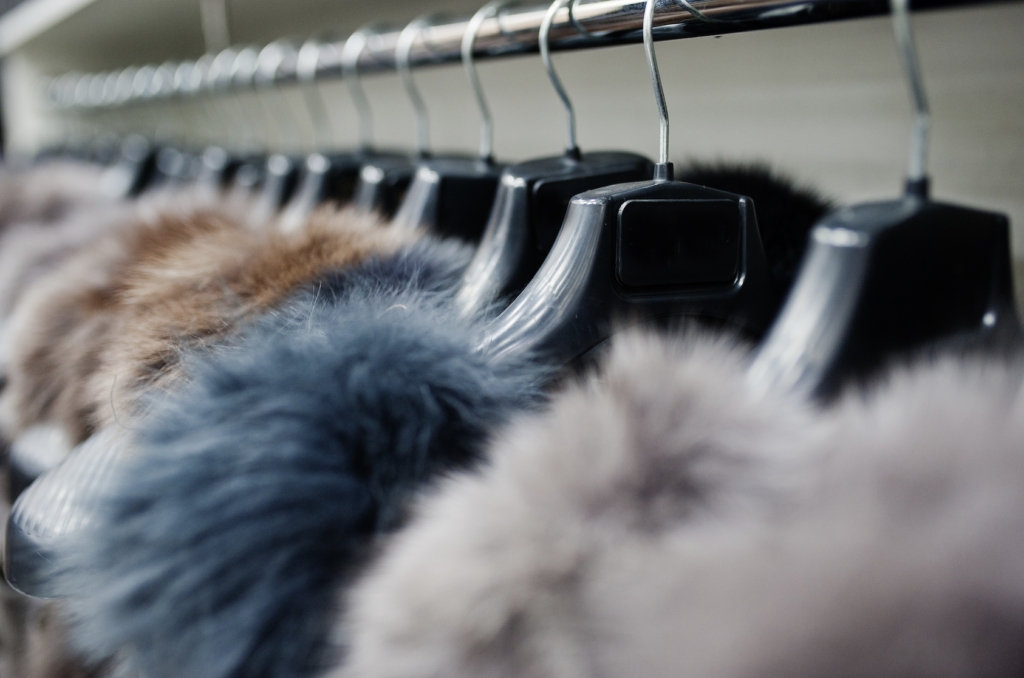
As the chill of the Fall/Winter 2024 season approaches, the fashion landscape is awash with a variety of styles—from ethereal sheer blouses to assertive leather ensembles and luxurious double-layered knits. Amid these varied trends, the reintroduction of fur in collections from renowned brands like Miu Miu and emerging ones like Khaite has reignited a complex debate surrounding the ethics of fur in fashion.
The “mob wife” aesthetic, notable for its bold gold jewelry and opulent fur coats, has surged in popularity, especially among the youth on platforms like TikTok. This trend has seen a significant 212.7 percent increase in online engagement, suggesting a shift in perception towards fur as a symbol of power and rebellion against traditional norms. Yet, this does not fully address the concerns of animal rights and the environmental impact associated with fur production.
For Black women, the fur coat holds layers of historical significance and personal empowerment. Historically gifted as compensation to enslaved women, these coats symbolize more than luxury; they represent a complex narrative of survival, resistance, and assertion of independence. Icons like Aretha Franklin and Diana Ross have donned fur as a powerful statement of overcoming adversity, blending personal triumph with cultural heritage.
However, the legacy of fur is marred by its role in colonial expansion and the environmental degradation it precipitated. The fur trade not only exploited animal populations but also had severe repercussions for indigenous communities involved in its procurement. This painful history cannot be overlooked when discussing the resurgence of fur in fashion.
In response to the ethical dilemmas posed by real fur, the industry has seen innovations like protein-based fur alternatives developed by companies such as Spiber. These advancements aim to deliver the luxurious appeal of fur without the associated cruelty, offering a potential middle ground in the ongoing debate.
The revival of fur on the Fall/Winter 2024 runways poses critical questions about the feasibility of “responsible” fur production and the broader implications for fashion’s ethical standards. As designers and consumers navigate these waters, the dialogue continues to evolve, reflecting a broader reckoning with our values and the impacts of our sartorial choices.

